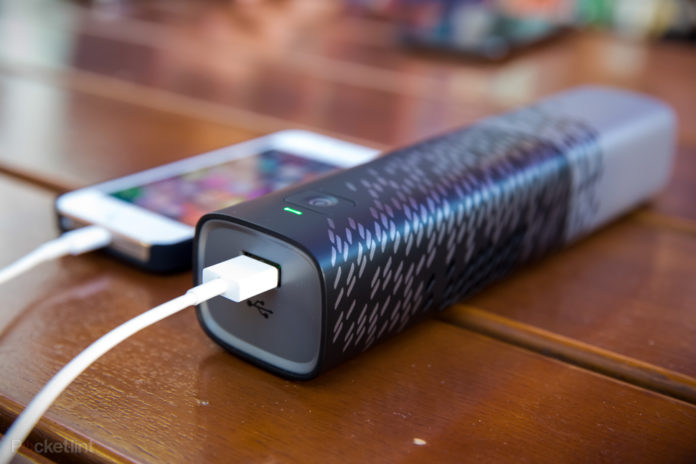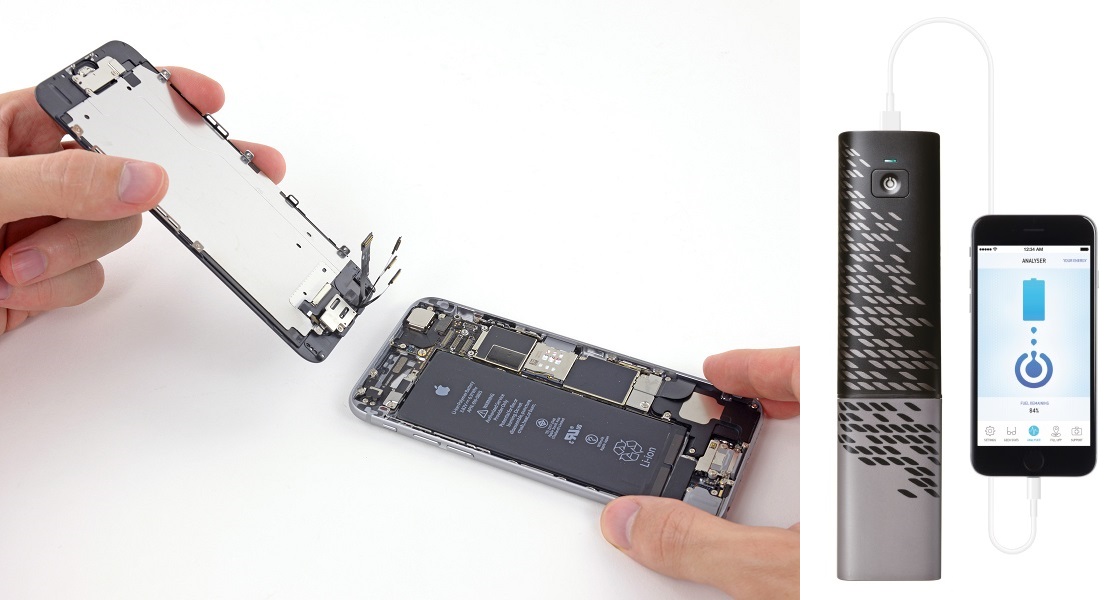
In order to improve the battery life of its various devices including MacBooks using a more environmentally-friendly technology, Apple is turning to fuel cells to help its products last for weeks between charges.
A new patent filed by Apple hints at the company’s interest in a new technology that uses fuel cells to power its devices. The patent Fuel Cell System to Power a Portable Computing Device, which Apple filed in March and was recently published by the United States Patent and Trademark Office, describes a fuel cell system for a portable computing device that consists of a fuel cell stack attached to a fuel cartridge, a fan that supplies oxygen to the cell system and cools it, and an internal rechargeable battery.
The patent describes the motives in detail followed by the diagrams about the Eco-friendly technology:
“Our country’s continuing reliance on fossil fuels has forced our government to maintain complicated political and military relationships with unstable governments in the Middle East, and has also exposed our coastlines and our citizens to the associated hazards of offshore drilling. These problems have led to an increasing awareness and desire on the part of consumers to promote and use renewable energy sources.
“As a consequence of this increased consumer awareness, electronics manufacturers have become very interested in developing renewable energy sources for their products, and they have been exploring a number of promising renewable energy sources such as hydrogen fuel cells. Hydrogen fuel cells have a number of advantages. Such fuel cells and associated fuels can potentially achieve high volumetric and gravimetric energy densities, which can potentially enable continued operation of portable electronic devices for days or even weeks without refueling.”
The patent explains that the energy could come from “a fuel cartridge which is detachably affixed to the fuel cell system” meaning rather than recharging one would simply replace the device’s cartridge when it had run out. The patent in question, however, appears to relate to MacBooks. It mentions the MagSafe connector used on the laptop computers, and does not name the Lightning connectors used on the iPhone and iPad.
 FIG. 1A illustrates a fuel cell system
FIG. 1A illustrates a fuel cell system
 FIG. 1B illustrates how a fuel cell system can be connected to a portable computing device
FIG. 1B illustrates how a fuel cell system can be connected to a portable computing device
 FIG. 2A illustrates details of the internal structure of a fuel cell system
FIG. 2A illustrates details of the internal structure of a fuel cell system
 FIG. 2B illustrates a fuel cell system which uses two DC/DC converters
FIG. 2B illustrates a fuel cell system which uses two DC/DC converters
 FIG. 3 presents a flow chart illustrating how a portable computing device can control a fuel cell system
FIG. 3 presents a flow chart illustrating how a portable computing device can control a fuel cell system
The Telegraph recently revealed a major breakthrough by British firm Intelligent Energy, which said it had installed a hydrogen fuel cell in an iPhone that could power it for a week without recharging. The company is working with Apple to make it commercially available. The biggest challenge for Apple will be to make the fuel cell technology cost-effective and small enough to fit in mobile devices.
This Article (Apple To Use Fuel Cells To Power Its Devices) is free and open source. You have permission to republish this article under a Creative Commons license with attribution to the author and AnonHQ.com.







what??
YUK that awful company full of fanboys!. I don’t care what they do since the 90’s!.